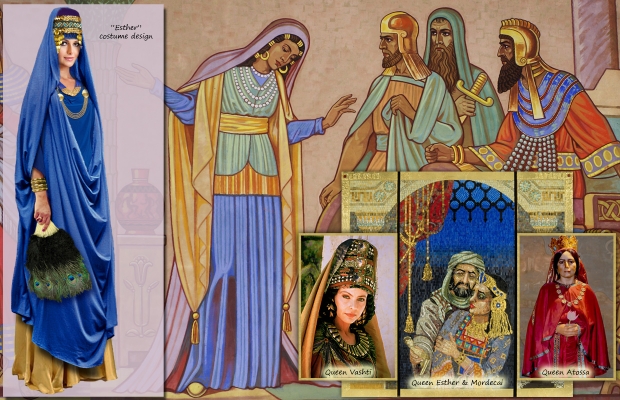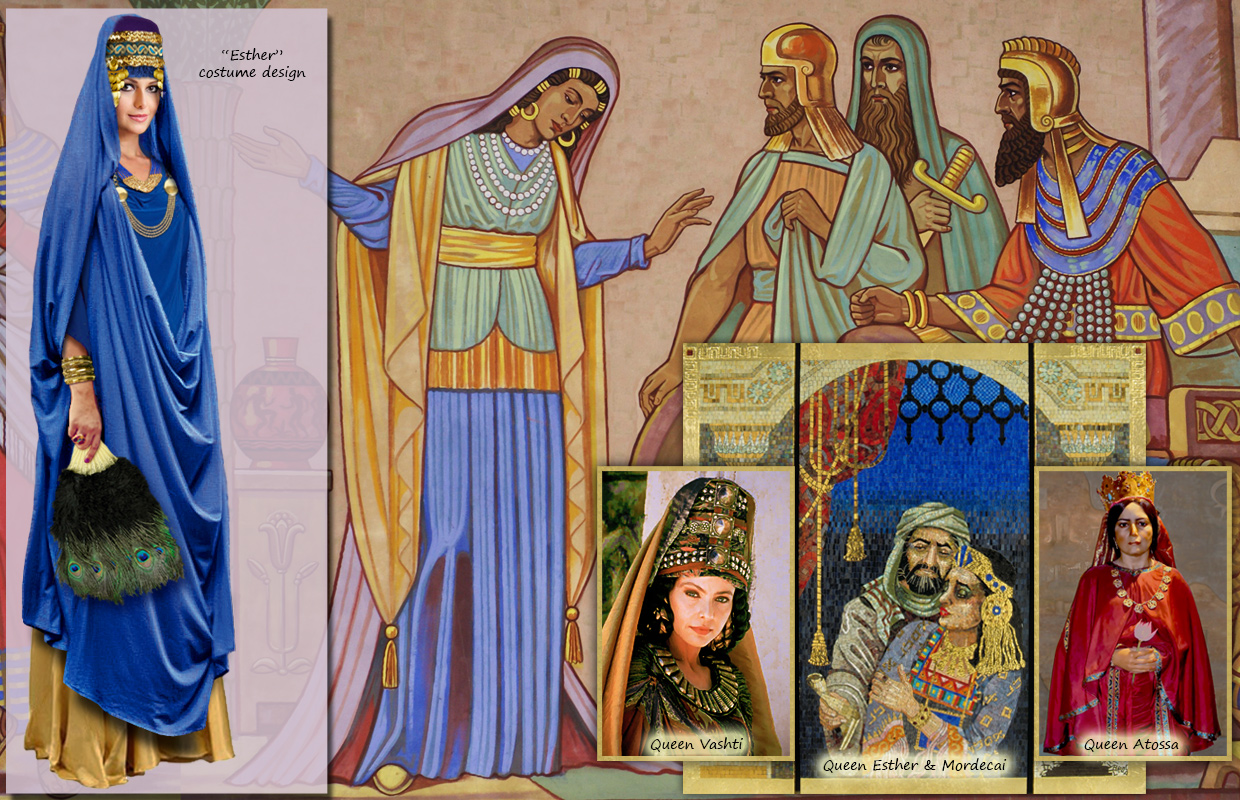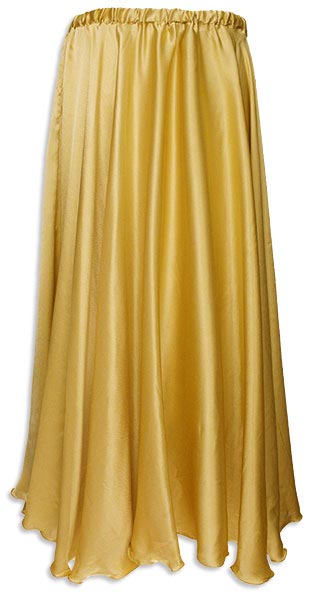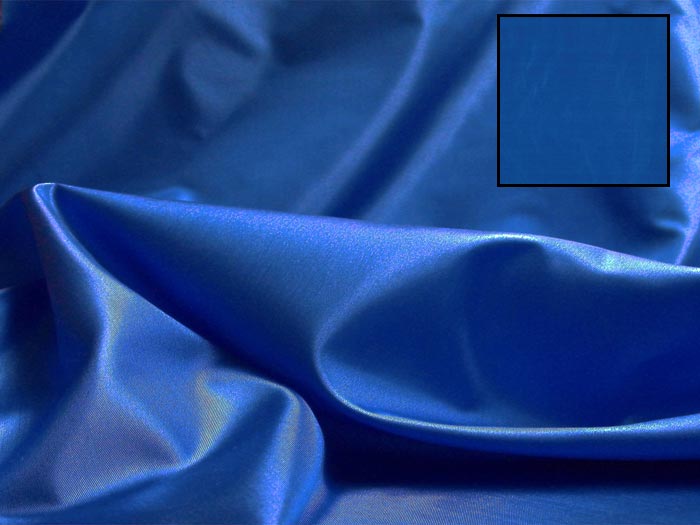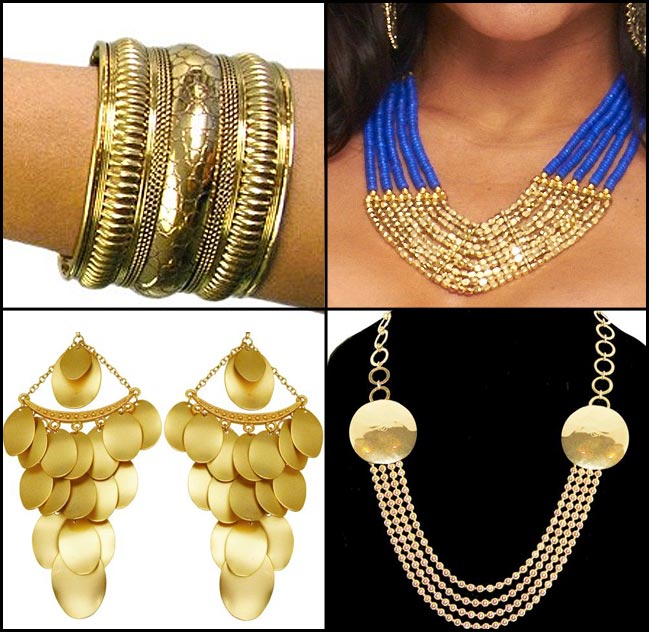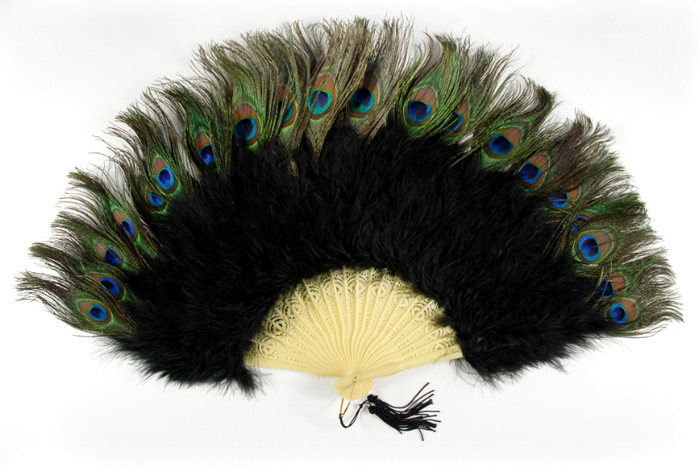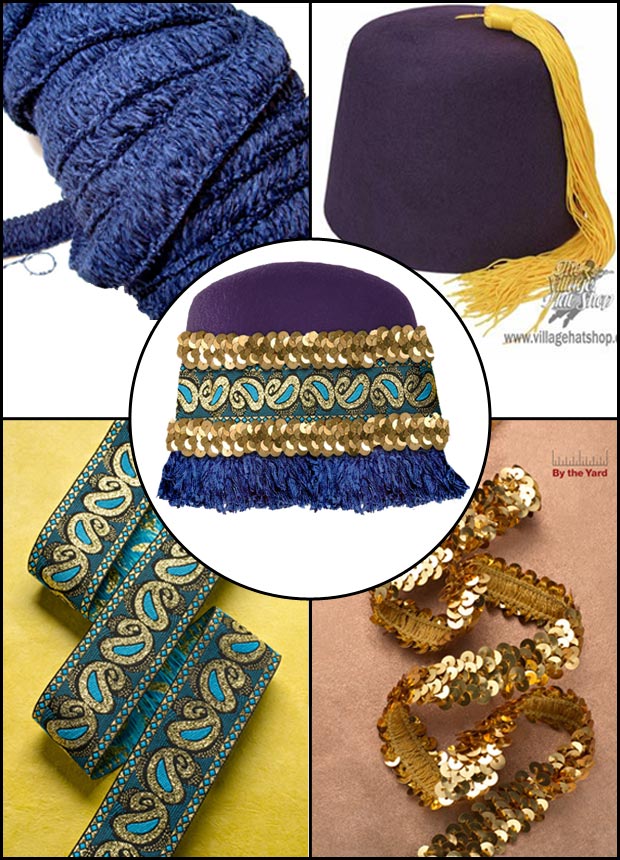The Book of Esther is a subversive feminist tract masquerading as a Bible story. Okay, that probably isn’t true, but by golly, it feels true. Esther, the eponymous heroine, is a courageous young Jewish girl who becomes the wife of the Persian king Ahasuerus (a total schmuck, in more ways than one) and risks her own life to save her people from destruction. The Persian court as depicted in the book—traditionally set in the 5th century BCE—is a dangerous world for a woman, even a queen. Esther’s predecessor, Queen Vashti, is deposed for disobeying the king’s drunken whim; Esther herself risks execution merely by approaching the king unbidden, a crime normally punishable by death. And that’s to say nothing of the king’s creeptastic harem, and his public proclamation that all wives have to obey their husbands. Total schmuck.
King Ahasuerus is also a genocidal maniac, agreeing with his prime minister that it would be a great idea to exterminate all the Jews in the Persian Empire. And that, of course, is what the Book of Esther is really about. The king is on the brink of unleashing the mother of all pogroms when Queen Esther—whose own Jewish background has been a secret until now—steps up in a big way. She fasts and prays for three days, gathers her courage, and then brilliantly maneuvers the king into reversing his decree and saving the Jews. It’s a tremendous victory, commemorated every year in the joyous Feast of Purim.
 Dressing up as Esther for Purim usually involves some variation on a queenly-bridal look, with a long dress, a crown, and maybe a veil. For our version, we specifically wanted to work in some Persian flavor. After all, she’s the Queen of Persia! We went with a draped fez-style headdress, rich blue and gold colors, and a peacock motif to evoke Persian royalty. The pieces we suggest, from left to right:
Dressing up as Esther for Purim usually involves some variation on a queenly-bridal look, with a long dress, a crown, and maybe a veil. For our version, we specifically wanted to work in some Persian flavor. After all, she’s the Queen of Persia! We went with a draped fez-style headdress, rich blue and gold colors, and a peacock motif to evoke Persian royalty. The pieces we suggest, from left to right:
1. Royal blue poncho top. The upper garment that ancient Persians wore really did look a bit like a poncho, as you can see from the wax figure of Queen Atossa in our main illustration. (Atossa doesn’t appear in the Book of Esther, but she was a real queen in the fifth century BCE. In fact, if Ahasuerus = Xerxes I, as is traditionally assumed, then Atossa would have been Esther’s mother-in-law.) An even more flowy poncho top is here, though that one is sheer.
2. Long gold skirt. This is a belly dance skirt, very full and swirly.
3. Five yards of royal blue china silk lining fabric. You don’t need to do anything with this fabric except drape it around you dramatically. Start by pinning the fabric to the top of your fez so that about five feet of it is hanging down on your left side, and the rest of it (about ten feet) is hanging down on your right side. Pull the long end of the fabric up under your right arm in a big loop and pin it on your right shoulder. Then drape another big loop in front of you at waist level, and pin the fabric to your left shoulder. Let the rest hang down on your left side. Use additional safety pins to secure your drapery at your shoulders and other key spots.
4. Purple fez dressed up with ribbons and fringe. We give you instructions below on how to transform a basic fez into a splendiferous crown in peacock colors. You can also just wear a plain fez, if crafting isn’t your thing.
5. Jewelry: a gold-tone cuff bracelet, a blue and gold bead necklace, a gold ball chain necklace, and gold disc earrings. Hang the earrings from the fez for some of that side-tassel action; just hook them onto the sequin trim. To position the necklaces exactly where you want, pin the ends to your blouse rather than connecting them in the back.
6. Peacock feather fan. Perfect for the Queen of Persia.
Turning your fez into a crown: All you need to do is stick on some fancy ribbon, stretch sequins, and fringe. Here’s the ingredient list:
- Purple fez
- One yard of blue brush fringe
- One yard of metallic paisley ribbon
- Two yards of gold stretch sequin trim, cut into two pieces
- Glue or double-sided tape
Remove the tassel from the fez or at least pin it out of the way. Wrap the blue fringe around the lower edge of the fez (you’ll actually need about 22 inches, not a full yard), and tape or glue it in place. Glue the metallic paisley ribbon on next, about three-quarters of an inch above the fringe. Add the two rows of sequins last, since they’re kind of bumpy and can overlap the other trims.
Main illustration credits: The large background image is a mural depicting Esther before Ahasuerus; it’s from St. Bartholomew’s Church in Oppenheim. The image labeled “Queen Esther & Mordecai” is by the mosaic artist Lilian Broca, and depicts the moment when Esther learns from her uncle Mordecai that the king has authorized the murder of the Jews. (By all means visit Ms. Broca’s website at the link; the woman is a genius. You can also buy her book about the Esther series: The Hidden and the Revealed: The Queen Esther Mosaics of Lilian Broca.) The portrait labeled “Queen Vashti” is from the 1999 movie Esther, with actress Ornella Muti in costume as Esther’s unfortunate predecessor. The “Queen Atossa” image is from the Nirupars website, and shows the wax figure of Atossa on display at the Pars Museum in Shiraz.

